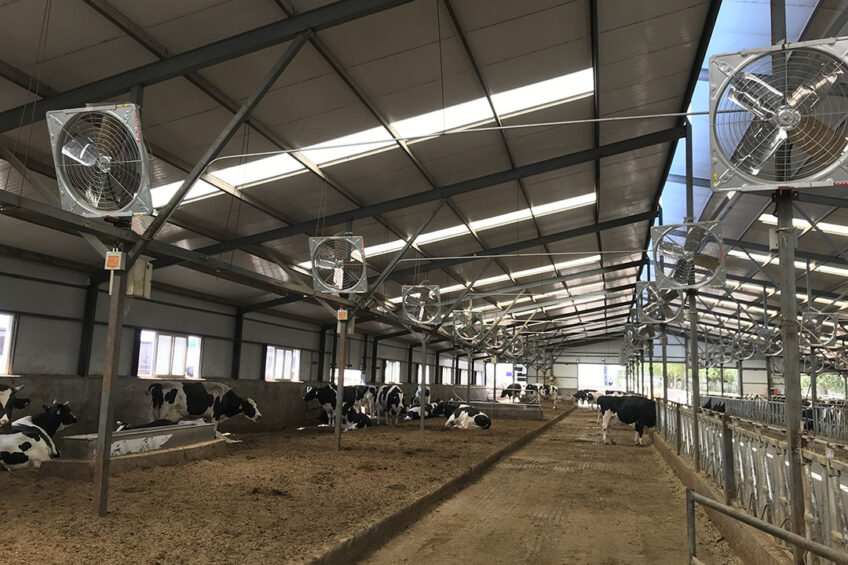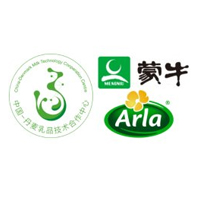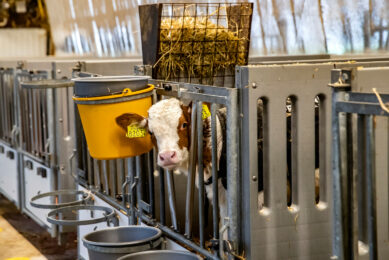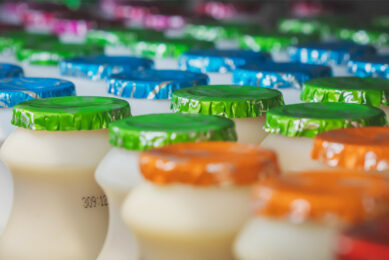China: Preventing heat stress in non-milking animals

In just a few years the landscape of Chinese dairy farming has changed dramatically, going from small household farms to professional and effective dairy operations. Successful farm management is therefore a top priority, especially when it comes to heat stress which can affect all animals on-farm.
Today in China there are hundreds of dairy farms boasting more than 1,000 dairy cows, and these farm sizes have helped the local farmers become better at farm management; failure at this level of dairy farming can easily result in huge deficits and eventual bankruptcy.

A key management issue that most dairy farmers in China have to deal with today is how to handle the impact of heat, caused by weather, on their animals. Despite China being a vast territory, most dairy farms in the country are affected every year by heat stress during the summer period.
With the ever-changing climate, heat stress is widespread and dairy farmers in other countries are increasingly also facing this situation; however, often the focus is only on the milking cows. Yet young animals and dry cows also need to be taken care of when it comes to the possible impact of heat stress, and Chinese farmers have been advised to focus on these animals too. They have done so, and positive outcomes can be seen.
“You would not expect farms in the deserts of China”
Do large-scale dairy farms come to mind when thinking of China? The last few years have seen a huge change in the dairy farming sector in China. Snorri Sigurdsson, senior project manager at Arla Foods, tells us more about how rapidly the sector is taking shape.
Prevention in the herd
Milking cows are the first source of income for dairy farms, but as most farmers know they are highly susceptible to heat stress. Farmers need to therefore set up heat stress prevention and cooling measures in multiple areas where milking cows are kept, such as cowsheds, milk parlours and holding areas. This has been done in many farms all over the world, but good animal welfare management should never ignore the non-milking cows and the heifers. Research has shown that heat stress also impacts dry cows; if heat stress preventive measures are in place where they are kept, dry cows will give birth to healthier calves that grow and develop faster than calves born to cows that were not managed the same way during the dry period. Preventive measures should also apply to small calves.

Dry cows, closed-up cows and heifers
Dry cows, closed-up cows and heifers can all be affected by heat stress which can lead to metabolic disorders, so cooling measures are strongly advised. Most farms in China are designed with both indoor and outdoor areas for the dry cows. The indoor area is usually equipped with similar heat stress prevention methods as can be seen with the milking cows, where fans and cooling equipment play a major role in prevention. The outdoor area should also be considered – here Chinese dairy farmers focus on keeping the outer space dry and soft, as experience has shown that dry cows prefer to be outside to rest especially when the outdoor temperature drops. As can be seen in some photo examples, these areas are commonly designed with some facilities providing shade and some areas being equipped with cooling fans.
Young heifers are the future milking cows of the farm, so any negative factors that can impact their growth and development – including heat stress – should be avoided at all costs. To do this some farms in China have installed shading nets or a roof above calf hutches, and some have even set up a roof in the outdoor area for the older heifers.

Heat, direct sunlight and of course rain can also reduce the quality of feed and water for small heifers, so some farmers have made simple homemade solutions to protect the calf buckets and prevent calf feed or water being negatively impacted by the weather.
Protecting the future
The dry cows and their calves are the future of every farm. If farmers want as much milk as possible from their fresh cows, the young heifers need to grow and develop fast to be best able to take over the role as the milking cows of the future. When the young heifers are harmed by negative factors, like heat stress, they will not grow and develop in the right way and will be less productive when they become milking cows. It is therefore essential to think not only about the milk and feed intake of the heifers and the physical environment they are kept in; it is also imperative to focus on how to keep them comfortable in the summer heat. Reaping the rewards of preventive heat stress tactics will certainly become more apparent in the long run with increased growth and development.
Authors: Zhang Nan and Snorri Sigurdsson, China-Denmark Milk Technology Cooperation Centre (CDMTCC), Mengniu dairy and Arla Foods JV
Join 13,000+ subscribers
Subscribe to our newsletter to stay updated about all the need-to-know content in the dairy sector, two times a week.












